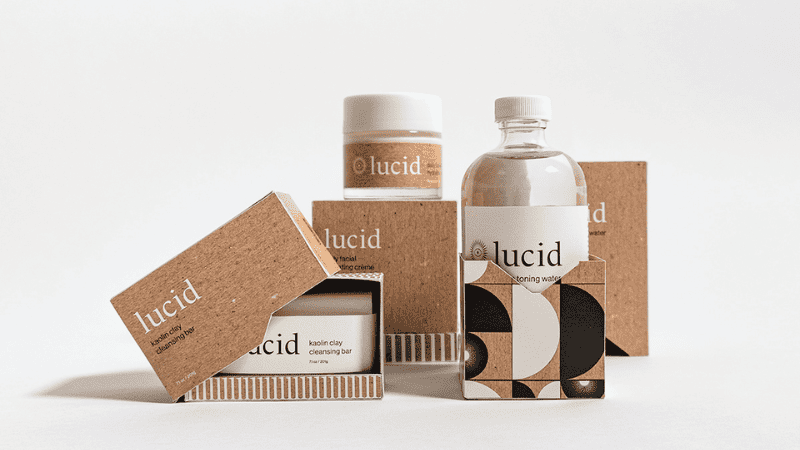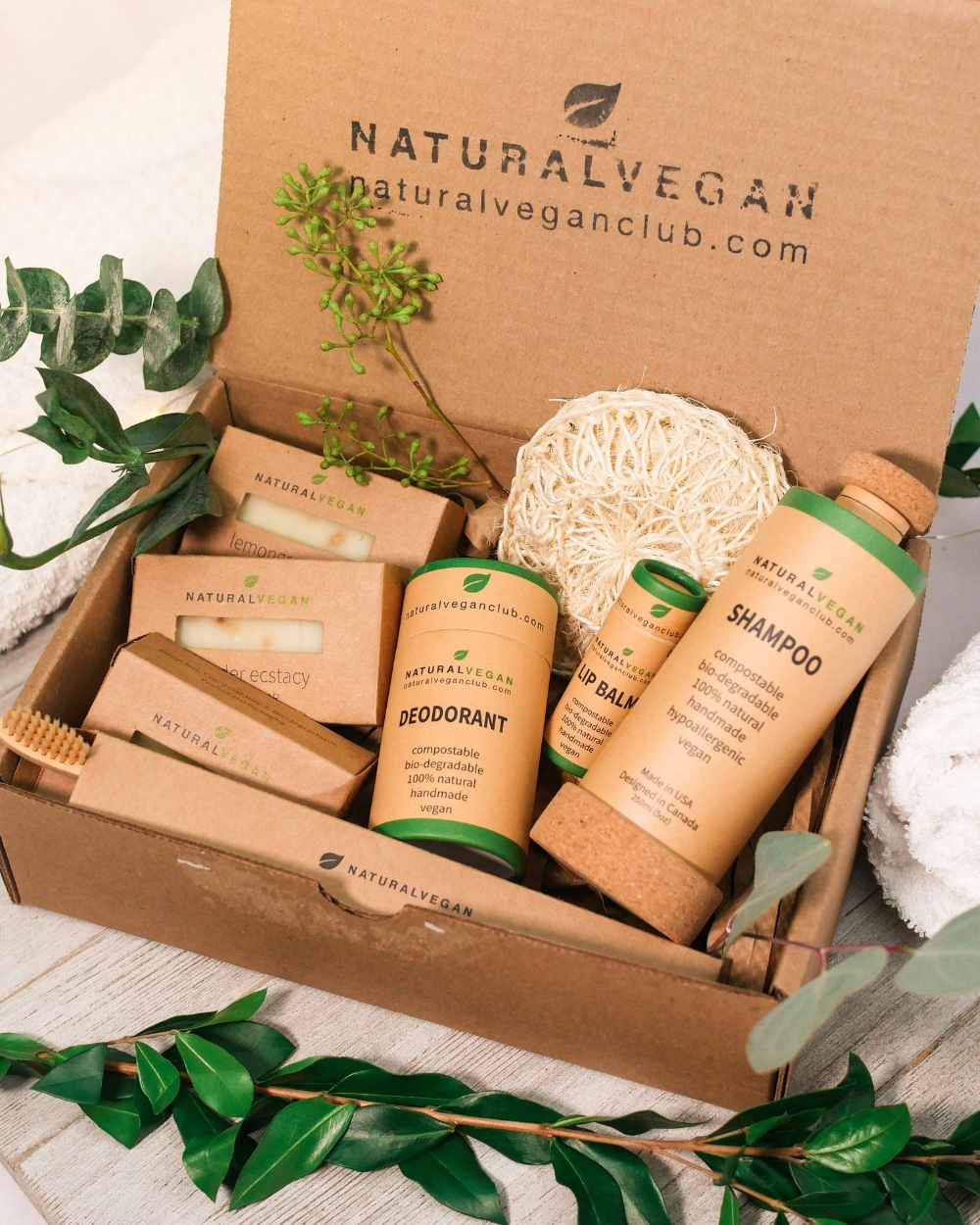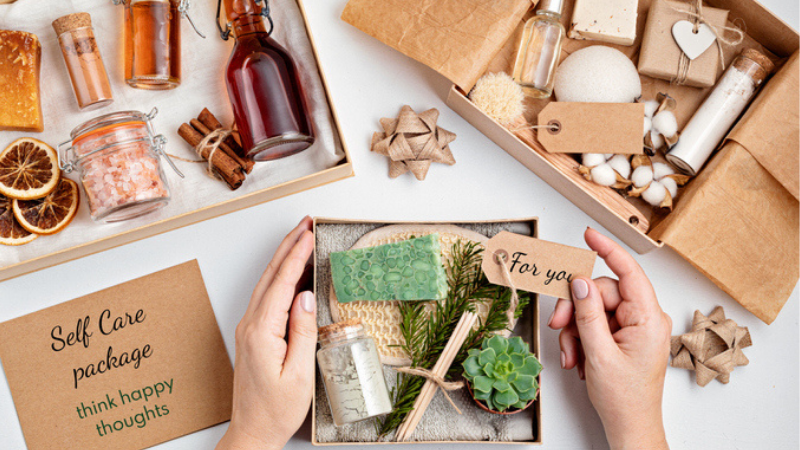


Date: 03 Nov 2025
In today’s beauty industry, the conversation has shifted from luxury and performance to sustainability and responsibility. As consumers become more eco-conscious, brands are rethinking how products are presented, stored, and delivered.
Eco-friendly packaging isn’t just a trend—it’s a movement toward a greener, cleaner, and more ethical beauty future. From refillable jars to biodegradable containers, the packaging revolution is redefining what it means to be truly beautiful.
The concept of sustainable beauty has gained incredible traction over the past decade. Consumers now understand that every plastic bottle or tube they throw away contributes to the growing global waste crisis. According to a report by the United Nations Environment Programme (UNEP), more than 11 million tonnes of plastic enter the oceans annually, much of it from packaging.
As a result, customers are holding brands accountable for their environmental footprint. Today’s beauty shoppers prefer products that align with their values—those made from natural ingredients, cruelty-free sources, and sustainable packaging materials. This shift has inspired leading brands to adopt recyclable, compostable, and reusable packaging, setting new standards for responsible production in the beauty sector.

Refillable beauty products have become one of the most popular sustainable packaging solutions. Brands now sell reusable containers that customers can refill at home or in-store. This approach significantly reduces waste, allowing consumers to keep the same elegant bottle or jar for years. Not only does this conserve resources, but it also deepens the customer’s connection with the brand by creating a more personalized experience.
Recyclable packaging uses materials that can be reprocessed and reused to make new items. Common recyclable options include glass, aluminum, and certain plastics (like PET). When disposed of correctly, these materials have a second life instead of polluting landfills or waterways. This method allows brands to continue offering durable, high-quality packaging while promoting a circular economy that reduces environmental harm.
Biodegradable packaging breaks down naturally over time without leaving toxic residues. Materials such as cornstarch-based plastics, bamboo, paperboard, or sugarcane fibers are excellent examples. Compostable options go a step further by returning nutrients to the soil after decomposition. These eco-innovations demonstrate how science and sustainability can work hand in hand to redefine beauty packaging for the modern age.
Several trailblazing beauty companies are proving that environmental responsibility and style can coexist seamlessly.
Lush has long been a pioneer in eco-friendly beauty. Their “naked” packaging approach eliminates plastic altogether by selling solid shampoos, conditioners, and soaps that need no containers. For products that require packaging, they use 100% post-consumer recycled plastic, which customers can return for store credit.
The Body Shop introduced refill stations and glass jars in several stores worldwide. Their “Return, Recycle, Repeat” program empowers customers to bring back empties, ensuring materials are repurposed responsibly. This initiative has set a precedent for global brands to follow in balancing consumer needs and environmental care.
This luxury beauty brand redefines elegance with refillable metal compacts. Once the product runs out, customers can simply purchase a refill insert instead of a new case. Kjaer Weis not only reduces waste but also provides long-term value and an upscale, timeless aesthetic.
Aveda utilizes 100% post-consumer recycled materials for many of its bottles and has been carbon neutral in manufacturing for years. The brand’s strong commitment to renewable energy and responsible sourcing makes it one of the most respected names in sustainable beauty.

Modern consumers care deeply about the impact of their choices on the planet. Eco-friendly packaging appeals to their sense of responsibility and environmental awareness. Many customers also feel emotionally connected to brands that demonstrate authentic sustainability, transparency, and ethical business practices.
Moreover, sustainable packaging is seen as a symbol of quality and innovation. It shows that a company invests in long-term environmental protection rather than short-term profits. With global awareness increasing, brands that fail to adopt green packaging risk losing relevance in a market that increasingly values purpose over appearance.
Switching to eco-friendly packaging involves more than just changing materials—it requires rethinking the entire product lifecycle. Companies can start by:
By taking these steps, beauty brands not only minimize their ecological footprint but also strengthen brand loyalty and trust among environmentally aware customers.
1. What materials are best for eco-friendly beauty packaging?
Materials like glass, bamboo, recycled aluminum, and biodegradable plastics are ideal. They offer durability while minimizing environmental impact.
2. Is eco-friendly packaging more expensive?
Initially, it may cost more due to innovation and sourcing, but in the long term, it saves resources, enhances brand reputation, and increases customer loyalty.
3. How can customers support sustainable packaging?
Consumers can support by choosing brands with refill options, properly recycling containers, and avoiding single-use plastics.
4. Are refillable beauty products hygienic?
Yes, reputable brands design refill systems that maintain product safety and hygiene standards, ensuring no contamination.
5. Can small beauty businesses adopt eco-friendly packaging?
Absolutely! Even small brands can switch to recycled paper boxes, glass jars, or biodegradable pouches to make a positive impact.